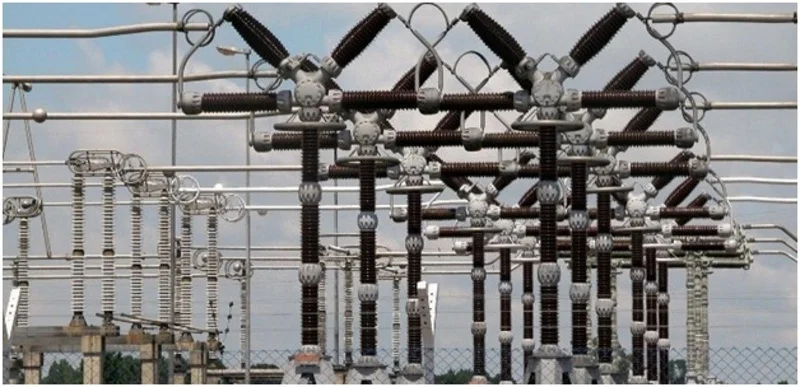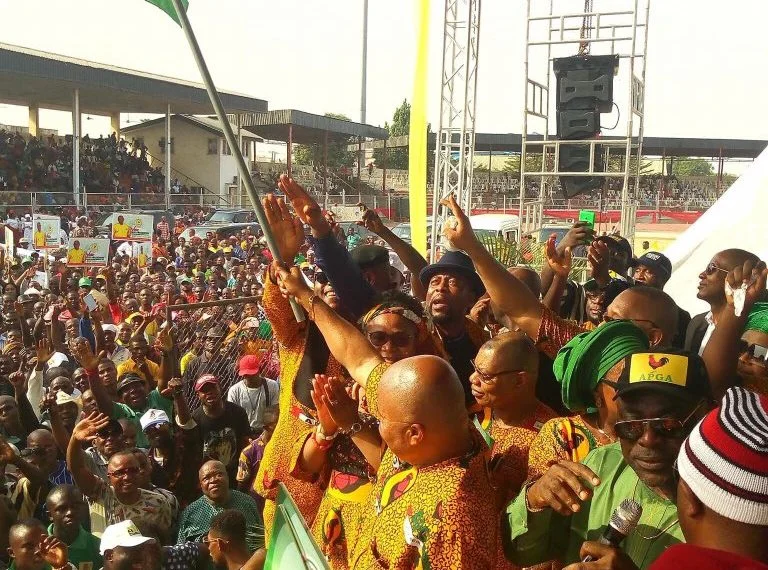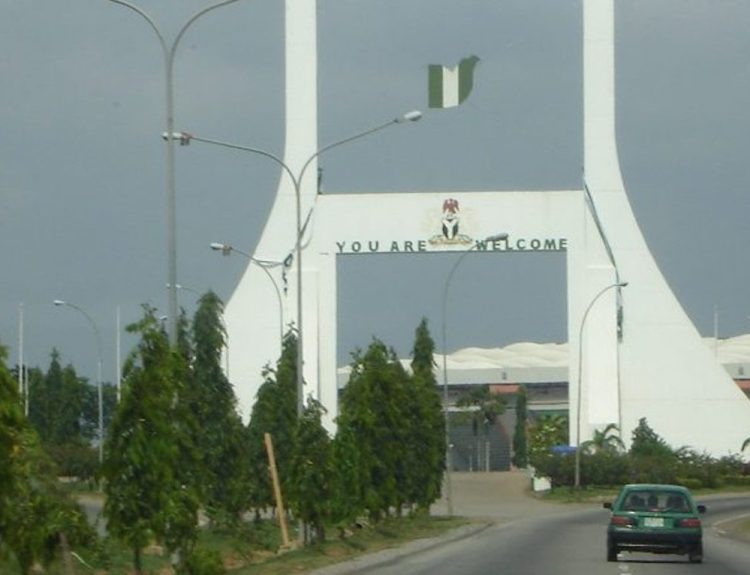The Nigeria Labour Congress has described Nigeria’s power sector as a failure, stressing that both the Federal Government and operators have failed to meet the expectations of electricity consumers nationwide.
But the Federal Government opposed the position of labour, as it argued that the power sector was now healthy despite the challenges confronting the industry.
The Deputy President, NLC, who doubles as the General Secretary, National Union of Electricity Employees, Joe Ajaero, said the quantum of electricity produced in the sector had failed to increase since the sector was privatised in November 2013.
He told our correspondent on Friday that the stagnancy in power generation had continued despite the persistent rise in the demand for electricity by consumers.
Asked to speak on the sector’s performance in 2022, Ajaero said, “If you’re looking at the power sector, since you asked me to use a word to qualify it, the power sector is a failing sector. It is a failing sector, and this means that it is going down, down, down.
“This is because the megawatts produced in that sector have remained constant, while the demand for it is increasing by the day. If Nigeria had any conscious master plan, it would have ensured that power production grows to meet up with demand.
“For instance, if the demand for power is growing at 10 per cent, we should be able to track it, by maybe increasing our generation capacity by 10 per cent through the construction of a power plant that could give us, say 500MW, to check the rise in demand.”
Nigeria’s power generation has continued to hover around 3,500MW and 4,500MW for several years. Figures obtained from the Federal Ministry of Power on Friday, for instance, showed that electricity generation on the national grid as at 6am that day was 4,456.5MW.
Ajaero noted that Nigeria was a country battling with electricity poverty, adding that “if it (Nigeria) is battling with power poverty and is not making efforts to check the generating, transmission and distribution capacities, then the situation continues to go down.”
He added, “If you have 4,000MW that 12 million consumers are connected to, and you still have the same 4,000MW that 20 million people are making use of, you can see that the sector is sliding. And you still didn’t increase it until 40 million people are now using it. So you can see that it is continuously failing.
“Any country that takes the power sector seriously will make sure that it has short, medium and long term projects, and that at any year, certain power stations, or generating capacities will join the grid.
“As we end 2022, I’m not aware of any power plant that added capacity to the grid, and it takes about three to four years to complete a power plant. I’ve not been informed of any power plant in Nigeria that will be inaugurated next year to add another 1,000MW to the grid.
“Same for two and three years’ time; so, it is not magic, and you can’t say let there be power and there will be power if you don’t work on it consciously.”
But the Federal Government opposed the position of the NLC official, as it argued that the sector was now healthy and sound to attract investments.
When contacted for the reaction of the Federal Ministry of Power, the media aide to the Minister of Power, Sanusi Isa, gave our correspondent a December 2022 document put together by the Minister of Power, Abubakar Aliyu, on the performance of the sector under the current administration.
However, in the document, the minister stated that though the challenge in the power sector was too big to be handled by the Federal Government, the industry was now healthy.





